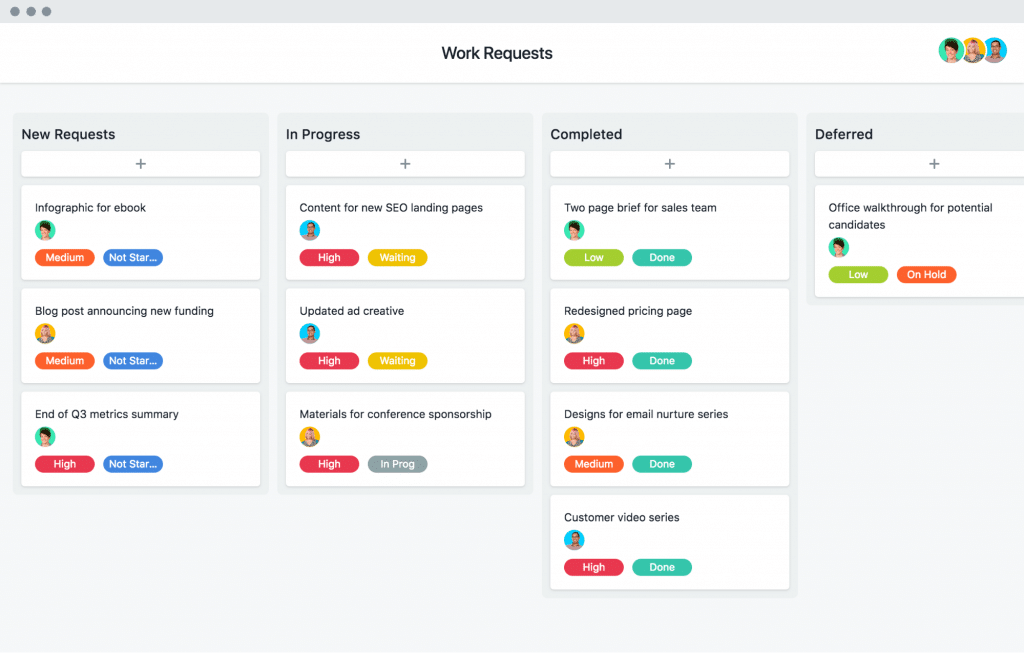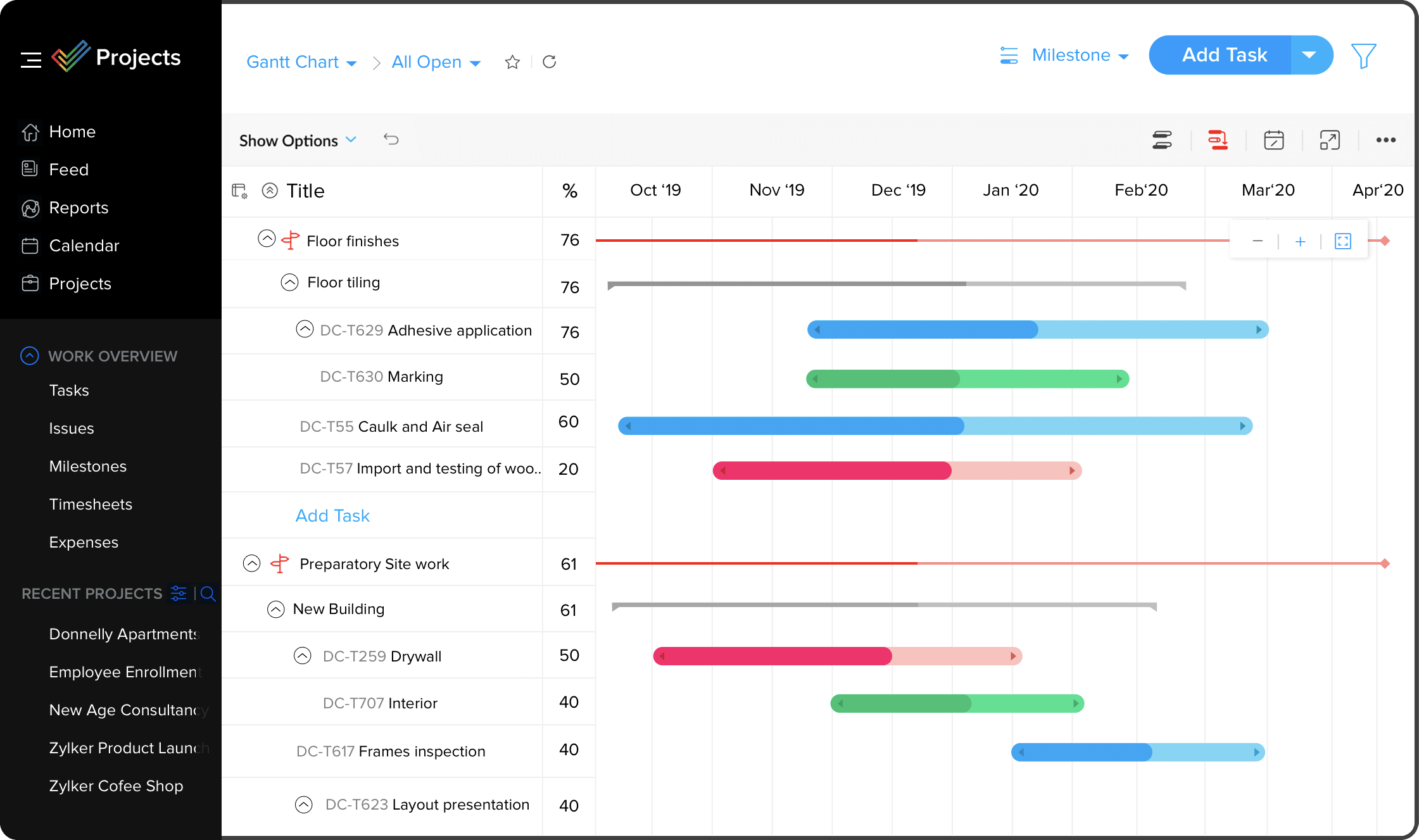
- Project planning tools free software#
- Project planning tools free free#
Integrates with several popular workplace tools like Google Drive, Zoom, and Slack. 
Customize task Statuses according to your project needs.Automate 50+ repetitive project management tasks.Set task Priorities to help teams tackle urgent tasks first.Powerful team performance monitoring features.Always attempt tasks in the right order using task Dependencies.Drag and drop functionality for easy resource management.Create all sorts of documents with the Docs feature.Offers customizable features for Agile teams like Scrum and Kanban teams.Highly user-friendly and intuitive interface.Native Time Tracking : track the time your projects and tasks take right inside ClickUp.
 Mind Maps : visualize your capacity plan or production plan as free form mind maps. Profiles : manage your team’s time better by knowing what each member has worked on, what they’re currently doing, and what’s up next. Box view : know who has too much on their plate and who is underworked for efficient resource allocation. ClickUp also gives you several productivity reports for real-time analytics of your on-site or virtual team’s performance. Dashboard and Reporting : manage resources using customizable graphs like Velocity, Burnup, Burndown, and Cumulative Flow charts. Gantt Charts : manage your project timelines with automated Gantt chart functionality. Timeline view : see current tasks and plan the next ones across days, weeks, or months. Pulse : get a real-time view of your remote or in-house team’s activity levels on any day. Here are some other ClickUp features that make the capacity planning process a cakewalk:
Mind Maps : visualize your capacity plan or production plan as free form mind maps. Profiles : manage your team’s time better by knowing what each member has worked on, what they’re currently doing, and what’s up next. Box view : know who has too much on their plate and who is underworked for efficient resource allocation. ClickUp also gives you several productivity reports for real-time analytics of your on-site or virtual team’s performance. Dashboard and Reporting : manage resources using customizable graphs like Velocity, Burnup, Burndown, and Cumulative Flow charts. Gantt Charts : manage your project timelines with automated Gantt chart functionality. Timeline view : see current tasks and plan the next ones across days, weeks, or months. Pulse : get a real-time view of your remote or in-house team’s activity levels on any day. Here are some other ClickUp features that make the capacity planning process a cakewalk: Then, set the capacity for any team member accordingly and watch this project management software do its magic!
Points : measure capacity using an Agile or Scrum points system. Hours : number of hours they are available. Tasks : number of tasks they can wrap up in a day. To measure your team’s capacity, all you have to do is use a metric like: However, if you’ve employees working on the weekends or following different weekends altogether, you can customize the feature accordingly. Weekly capacity is evenly split from Monday–to Friday, with the weekends having zero capacity.Īfter all, Saturdays/Sundays are for sleeping or binge-watching the latest Netflix show! You can plan and visualize your team’s capacity across any given day, helping you gauge individual workloads and identify if someone is overworked. For example, if you know your team’s task completion rate, you’ll be able to determine if they can handle an increased workload or not.Īnd with ClickUp’s Workload view feature, understanding available capacity is as easy as opening up your Netflix app! How does ClickUp help in the capacity planning process ?įor accurate capacity planning, a capacity planner must first understand their available capacity. Not only will this bridge the workflow gap between all the software you use, but you’ll also be able to manage your resources across the board. Instead, choose a capacity management tool that integrates with popular workplace software, like communication, time tracking, and file-sharing apps. Integrations with the software you useĭifferent business operations require different tools.įor example, some tools specifically cater to supply chain management, while others are best for managing project teams.ĭon’t expect your capacity planning tool to handle everything you throw at it. You can now focus your resources on stuff that matters most, like scrolling through Netflix, or planning your project calendars. Triggers are events that start the automation process when the condition is true and the action defines what the software should perform. Usually, all you have to do to set up an automation workflow is to create triggers, conditions, and corresponding actions. That’s resources you could use to plan things with instead!Ī capacity planning software with built-in workflow automation features will help you out here. Performing these tasks manually will cost you valuable time and resources. And scheduling activities involve a lot of repetitive processes that don’t really require human intervention. Why should a capacity planning software need a workflow automation feature?Ĭapacity planning and resource planning go hand-in-hand. This way, you’ll have reliable and actionable data regarding your team’s capacity, helping you easily determine if your current capacity is enough to meet incoming workloads. The reports can be anything from your team’s workload distribution to your resource utilization rates over a given day. 
That’s why a capacity planning tool must be able to analyze your company’s resource availability and utilization to generate real-time reports that break down these details.







 0 kommentar(er)
0 kommentar(er)
